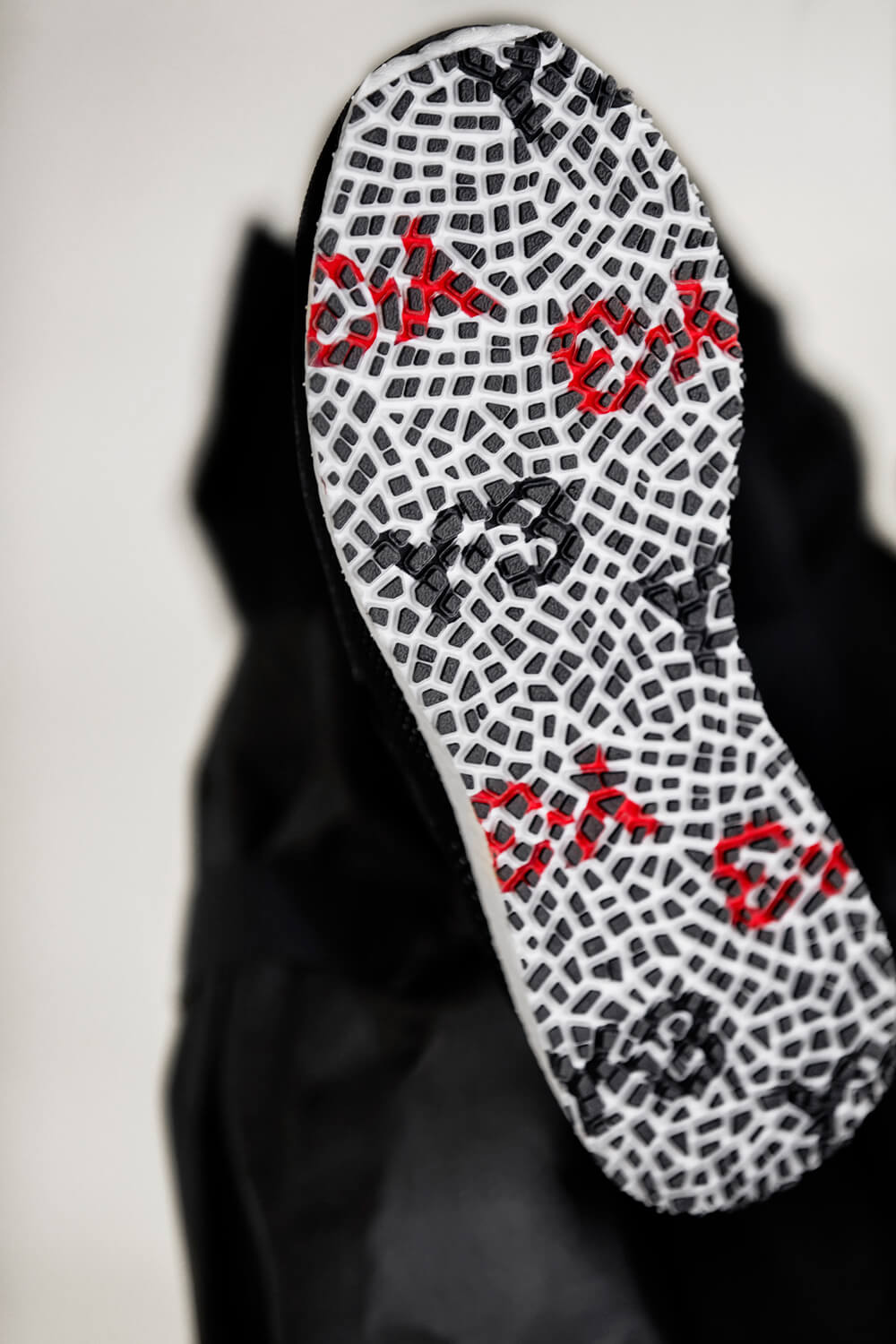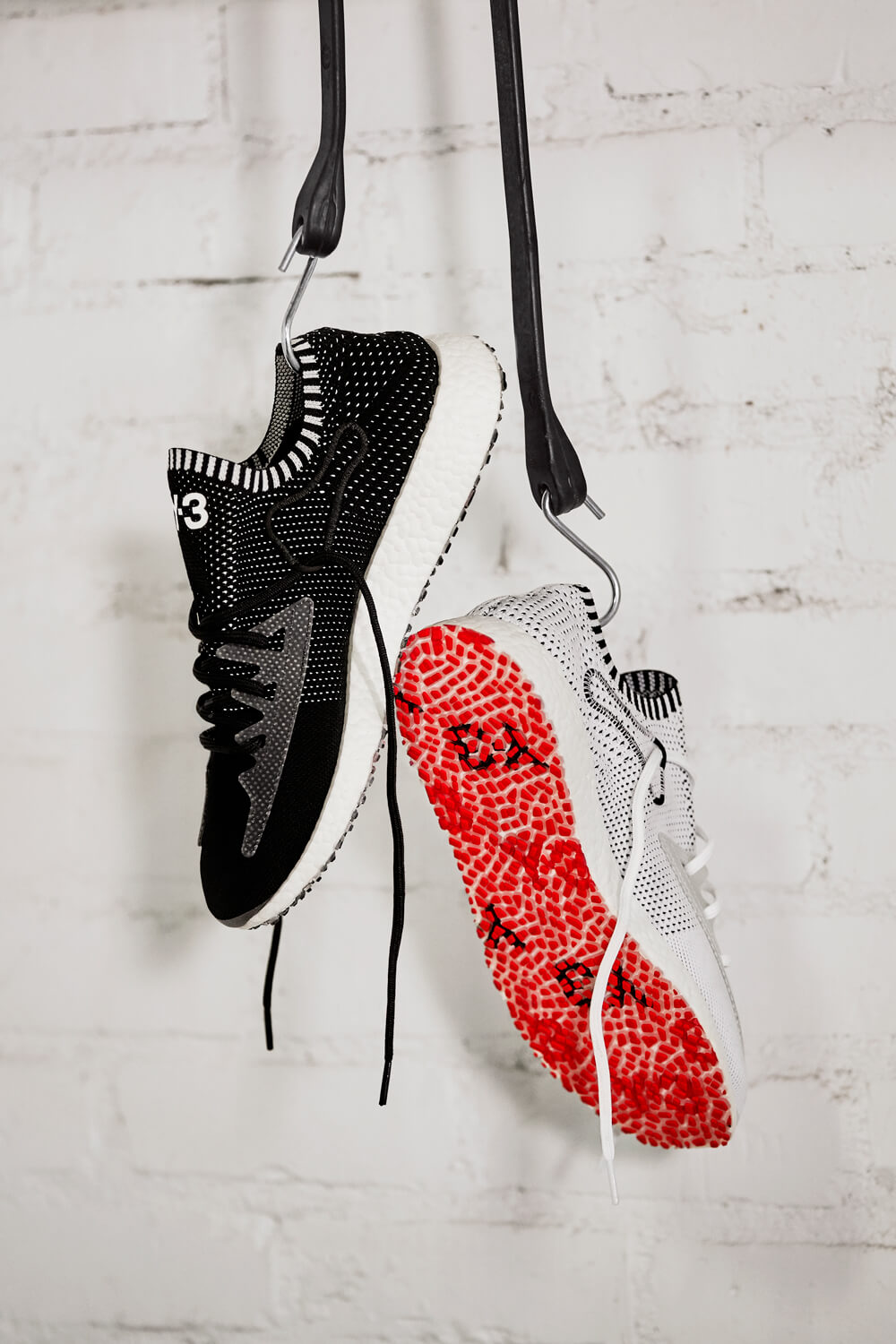The Trainer from Y-3 Characterised by Clean Design
Yohji Yamamoto and Adidas designed the 'Raito Racer', a pair adorned with a meshed fabric and elastic laces, and with a translucent sole.

Y-3 RAITO RACER / Price: 300EUR
Y-3 is the label created in 2001 by Yohji Yamamoto and sports brand Adidas, who designed Raito Racer (raito being the Japanese word for light), a lighter, faster model of trainers than previous ones.
Known for his avant-garde creations and shapes that redefine masculinity and femininity, the Japanese designer decided to approach the brand with the three stripes so he could give his imagination free rein in the domain of sportswear. Y-3 aims to look at fashion in a new way by subtly blending it with haute couture. This strategy has already given rise to the Qasa trainer, which has been a big hit, and to shoes designed in association with Dr. Martens.
Advanced technology and knit
Designed in two versions, black and white, Raito Racer has a well-made aesthetic owing to its knitted look—adorned as it is with mesh—and elastic laces, while its pared-down design can be seen in the translucent outer sole (the sole is covered with tiny ‘pebbles’ for micro-studded traction and greater dynamism).
The Raito Racer marks a new era for Adidas whilst remaining true to Yohji Yamamoto’s spirit, and is available on the brand’s website.

Y-3 RAITO RACER / Price: 300EUR

Y-3 RAITO RACER / Price: 300EUR

Y-3 RAITO RACER / Price: 300EUR
TRENDING
-
Ishiuchi Miyako, A Singular Perspective on Women
Recipient of the 2024 Women in Motion Award, the photographer creates intimate portraits of women through the objects they left behind.

-
Recipe for Ichiraku Ramen from ‘Naruto’ by Danielle Baghernejad
Taken from the popular manga with the character of the same name who loves ramen, this dish is named after the hero's favourite restaurant.

-
Namio Harukawa, Master of Japanese SM Art
'Garden of Domina' offers a dive into the world of an icon of ‘oshiri’, whose work has now reached a global audience.

-
The Tattoos that Marked the Criminals of the Edo Period
Traditional tattoos were strong signifiers; murderers had head tattoos, while theft might result in an arm tattoo.

-
The Emperor of Japanese Porn is Now the Star of a Netflix Series
Deliciously funny, The Naked Director especially succeeds in reviving the atmosphere that was so characteristic of 1980s Japan.





